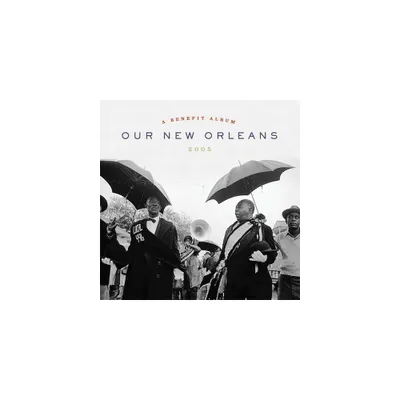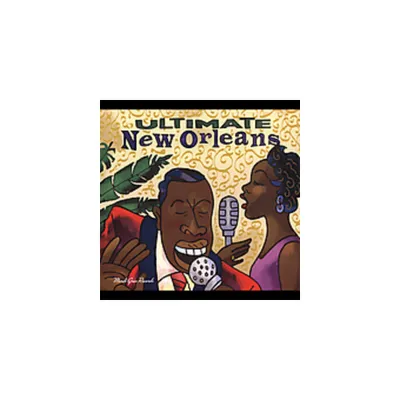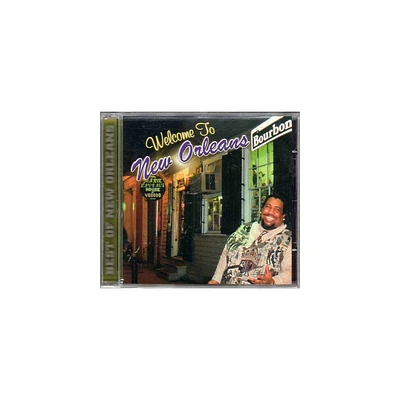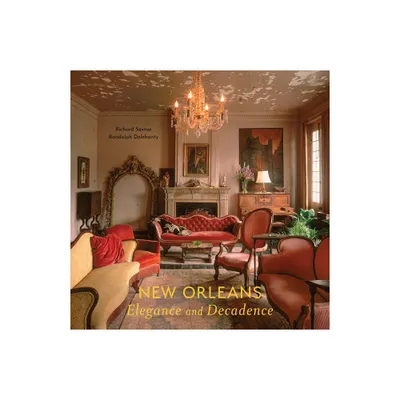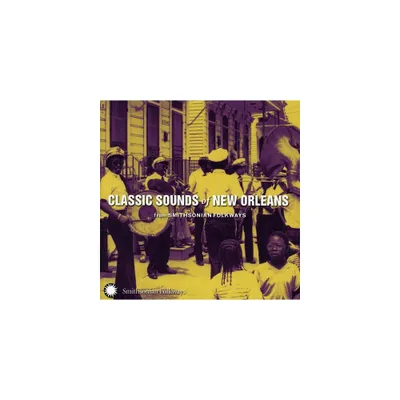Home
Seeing Black: Black Photography in New Orleans 1840 and Beyond
Loading Inventory...
Barnes and Noble
Seeing Black: Black Photography in New Orleans 1840 and Beyond
Current price: $40.00


Barnes and Noble
Seeing Black: Black Photography in New Orleans 1840 and Beyond
Current price: $40.00
Loading Inventory...
Size: OS
*Product Information may vary - to confirm product availability, pricing, and additional information please contact Barnes and Noble
Situating historical inquiry alongside contemporary practices of Black image-making in New Orleans, SEEING BLACK: Black Photography in New Orleans 1840 and Beyond engages the photographic grammars, textures, multiplicities, and visual sounds of Black life in and outside the city.
SEEING BLACK features over two hundred images by nearly ninety Black photographers whose work embraces the camera's visual power—discerning, beholding, and documenting people, places, events, collective memories, encounters, and ever-present moments of blackness. From the invisible to the obvious, the mundane to the spectacular, the overlooked to the seen, the erased to the remembered, the artists explore a range of photographic frequencies, styles, and rhythmic scores. SEEING BLACK invites us to explore historical and contemporary archives of Black life while challenging dominant viewing practices, asking who is taking the picture, who is in or missing from the frame, and how to shift our interactions with the visual image through an intentionally embodied Black gaze.
SEEING BLACK features over two hundred images by nearly ninety Black photographers whose work embraces the camera's visual power—discerning, beholding, and documenting people, places, events, collective memories, encounters, and ever-present moments of blackness. From the invisible to the obvious, the mundane to the spectacular, the overlooked to the seen, the erased to the remembered, the artists explore a range of photographic frequencies, styles, and rhythmic scores. SEEING BLACK invites us to explore historical and contemporary archives of Black life while challenging dominant viewing practices, asking who is taking the picture, who is in or missing from the frame, and how to shift our interactions with the visual image through an intentionally embodied Black gaze.


